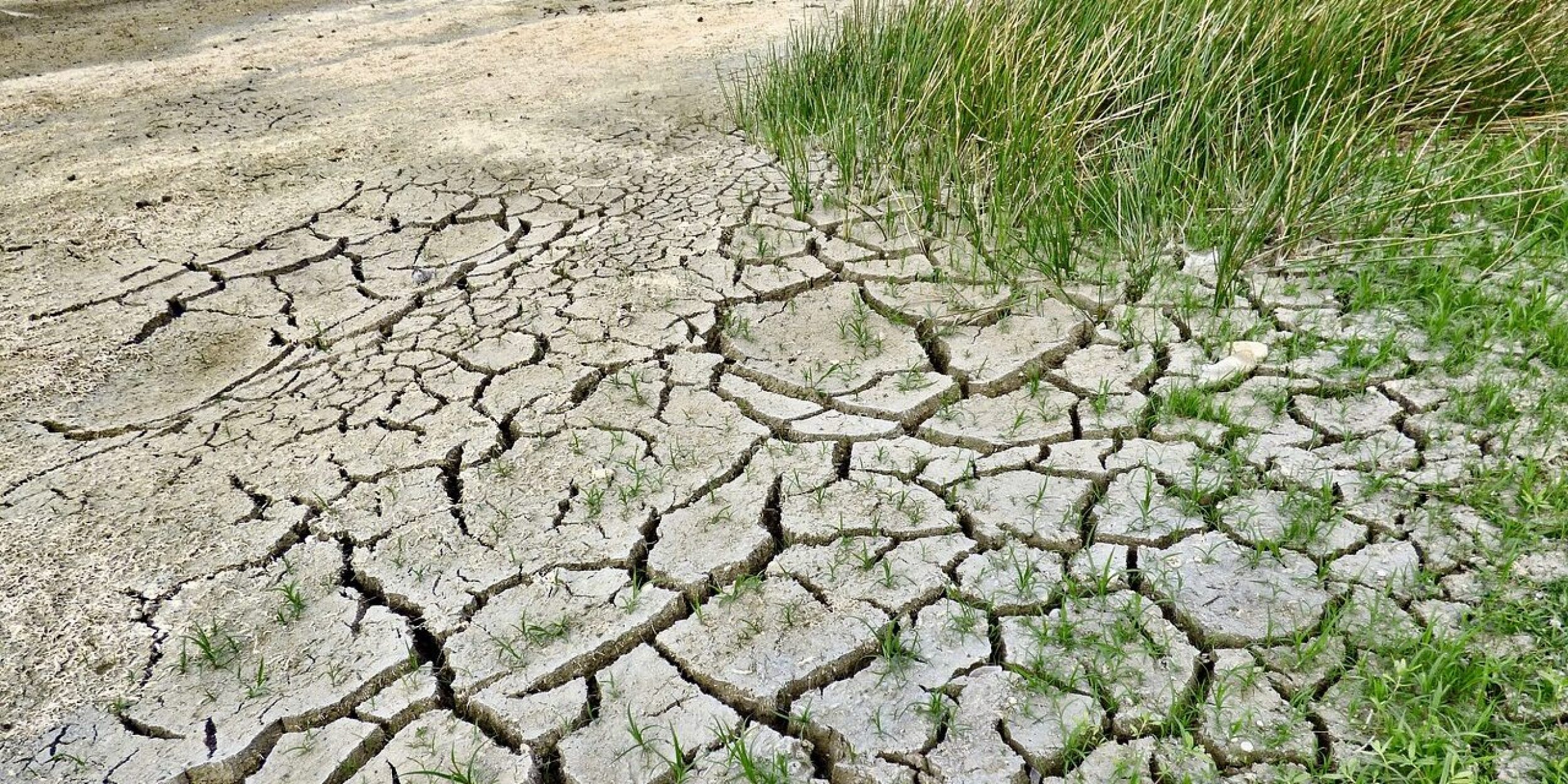Flash droughts, which quickly intensify and lead to prolonged dry conditions, pose challenges for agriculture, ecosystems, and water resources. To better understand and monitor these events across the U.S., new research analyzed drought data from 2001 to 2021 using a “flash drought intensity index” (FDII), which measures how quickly a drought forms and how severe it becomes. The researchers applied multiple drought-causing indicators, like soil moisture, precipitation, and evaporation to the tool, using it in a new way. The findings, published in Water Resources Research, reveal regional differences. In the western U.S., flash droughts are mostly triggered by lack of rain, while in central and eastern regions, droughts are more often linked to low soil moisture and high evaporation from the ground. By using all these indicators together in their research, the scientists were able to pinpoint the central and southeastern U.S. as the regions with the strongest flash droughts. This work advances our ability to track and predict flash droughts, which supports better preparation and response for these rapidly developing climate events, benefiting agriculture, water management, and environmental resilience efforts.
The Climate Program Office Modeling, Analysis, Predictions, and Projections (MAPP) program funds two of the study’s authors, Jason Otkin of the University of Wisconsin-Madison and Trent Ford of the University of Illinois, and their broader project aimed at developing a comprehensive flash drought monitoring framework. The MAPP-supported researchers worked with a team across the U.S. on this work, including Hailan Wang of NOAA’s Climate Prediction Center.
For more information, contact Clara Deck.



